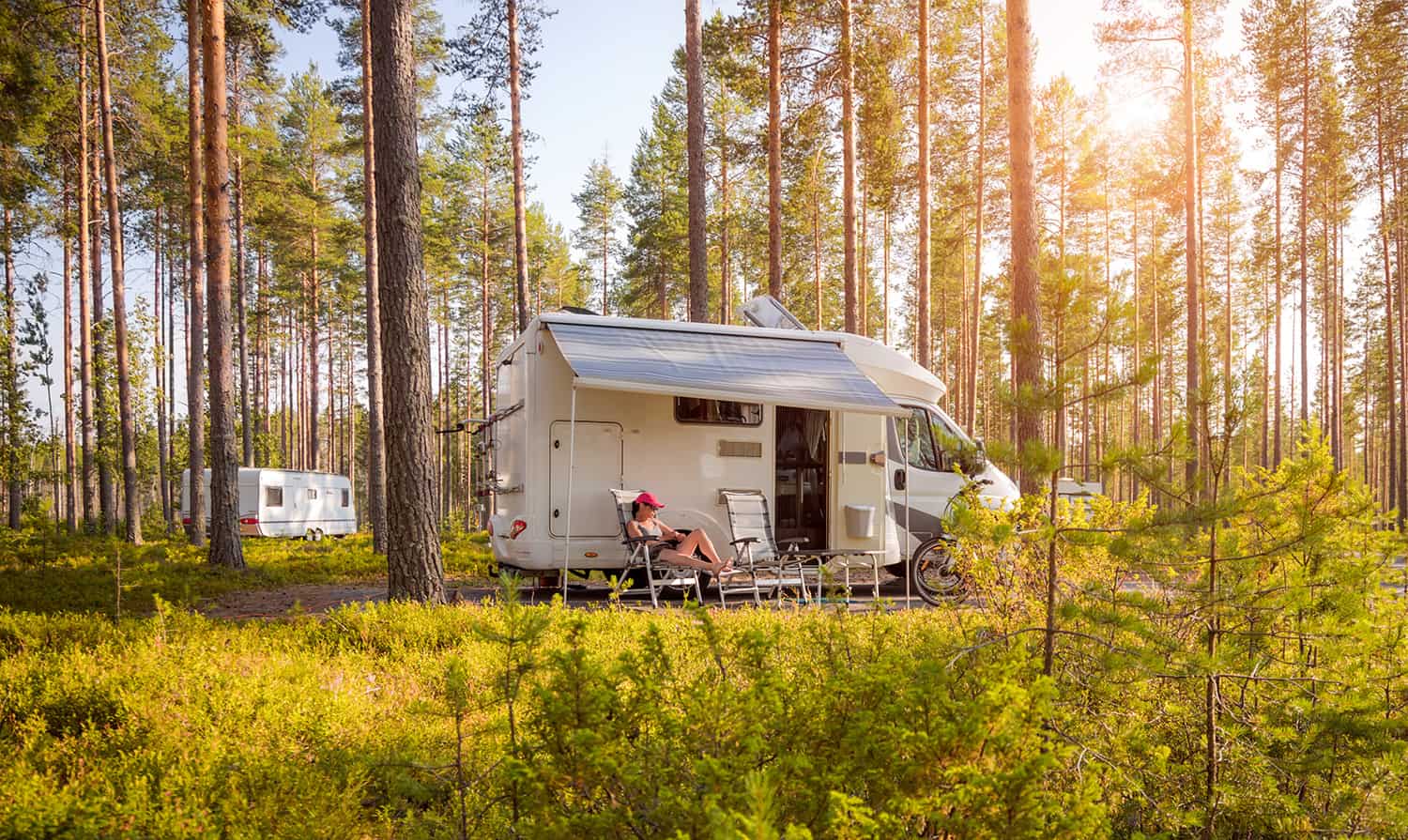Recreational vehicles (RVs) are a staple of the travel and tourism industry, but the industry is experiencing market changes that, in turn, impact the RV industry’s manufacturing and financial outlook. Specifically, growth is slowing in some demographics while increasing in others.
Additionally, a general transformation is underway in terms of RV road trip destinations. Specifically, state parks are under pressure by companies wanting to privatize services. All these trends contribute to a fluctuating industry that will impact retailers and tourist destinations while contributing to rising and lowering economies on the local and state levels.
Trends that will transform the RV Industry
Decreasing fulfillment
After years of industry growth and fluctuating profits, the RV industry is experiencing a steady decrease in wholesale shipments, indicating a significant drop in retail sales. This decrease is partly attributed to the so-called millennials. Millennials are young adults ranging in age from 23 to 38, born between 1981 and 1996. This market tends to spend less on many things due to what is perceived as a decreased emphasis on owning material goods. This market tends to emphasize experience over ownership, so RV retailers have a significant opportunity to reach this market as owning an RV is the symbol of the active, recreational experience, allowing people to experience life, cultures, and places across the globe.
Permanent RV living
Tiny homes have become a staple of people wanting to live more efficiently on less while also enjoying mobility freedoms. This trend has led to the design of the RV as something of a permanent living solution. For instance, instead of the aerodynamic detailing of more modern RVs, a minuscule ranch’s boxed style provides the appearance of a mobile home–with the emphasis on home. Many people understand that they can travel, but they yearn for something that connotes stability, and the design resembling something with architectural permanence provides that emotional need.
RV sharing
The trend of dipping wholesale RV shipments to RV retailers can, in part, be attributed to the growing propensity for people to share RVs. Traditionally, an RV capable of sleeping six to eight people housed two to four. Owners were generally older people or retirees. Although this additional sleeping capacity was marketed as a value-added feature, owners rarely ever capitalized on it. Modern RV buyers, however, are doing just that. They invite family and friends to camp with them and the ability for an RV to sleep multiple people will eventually translate into a perceived lack of need. After all, after camping with friends and family for years, RVing by yourself can feel lonely.
“Additionally, like the Airbnb market and crowd-sourced car rentals, RV rentals are becoming more common to people wanting to vacation on the road without becoming saddled by a 10-year loan or the property taxes that will inevitably come with RV ownership. – Bill Ross, Founder, Linchpin ”
Broader definition of family
Friends, of course, represent a proxy family, but pets are the primary familial extension that RV and accessory retailers are learning to serve. Emphasizing the pet-friendliness of an RV has the potential of attracting a broad subset of vacationers navigating recreational living options, such as hotels and resorts, that by and large do not welcome pets.
Recreation vehicle size
A change in the market and a more economical way to heat and cool living or recreational space has contributed to a desire for smaller recreational vehicles. Smaller recreational vehicles are, of course, cheaper to tend to and enjoy, but they also add to an increasingly environmentally aware zeitgeist. This attitude for smaller, more environmentally responsible vehicles leaves more money to be spent on accessories, experiences, and food. Additionally, this trend is partly due to an increased number of people on a fixed income who still want to enjoy luxurious living quarters or vacation sleeping arrangements.
Increased competition
The RV industry is experiencing increased competition in tiny homes related to RVs in many ways. However, the industry is experiencing intense internal competition between manufacturers to capture what many people describe as a slowing market. For instance, companies such as Thor Industries and Forest River own many brands within the RV industry. Dominating manufacturers within the RV industry tend to focus on increased luxury, but in an industry that offers relatively low entrance barriers, this consolidation also represents fixed thinking, which could easily lead to more innovative companies siphoning off much of the market with the right product or product mix.
State Parks
Although changing political environments threaten state parks and natural resources in favor of development, the RV industry’s primary destinations include state and national parks in the United States, Australia, and China. This is leading to increased practice of lobbying for the privatization of services on traditionally public lands.
This trend can be seen as a boon for campers as luxury services are often more notably present in private resorts. Still, environmentalists concern that resources will be ravaged to the broader detriment of the environment at large. That said, it is common for state parks to partner with basic services, such as those that deal in gifts and concessions. Consequently, this trend is expected to continue as budget decreases can significantly impact a state park’s ability to provide basic services.
Off-grid
Relating to the desire of campers to travel and vacation more affordably while also helping to protect or heal the environment is the trend of campers equipping their RVs with solar panels. These solar panels are used for heating, cooling, and powering basic appliances.



